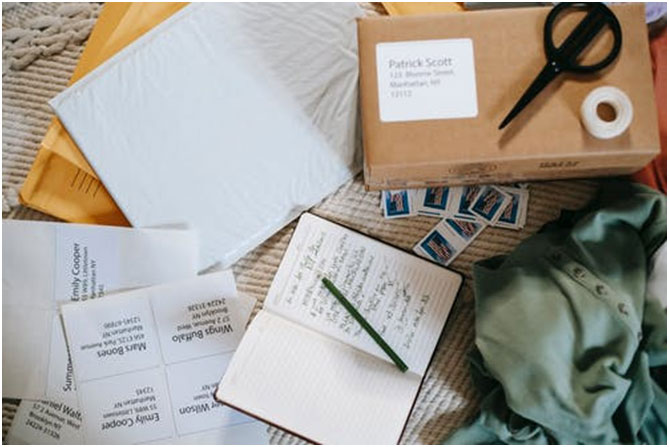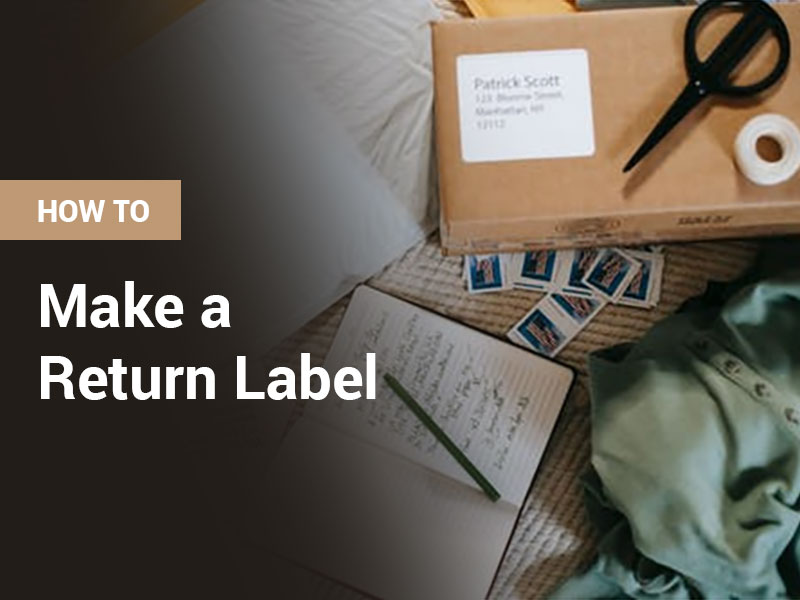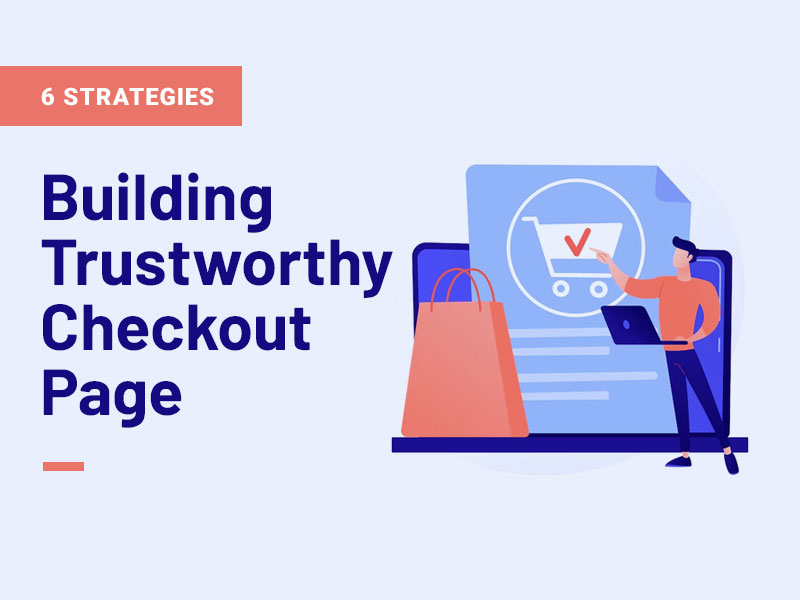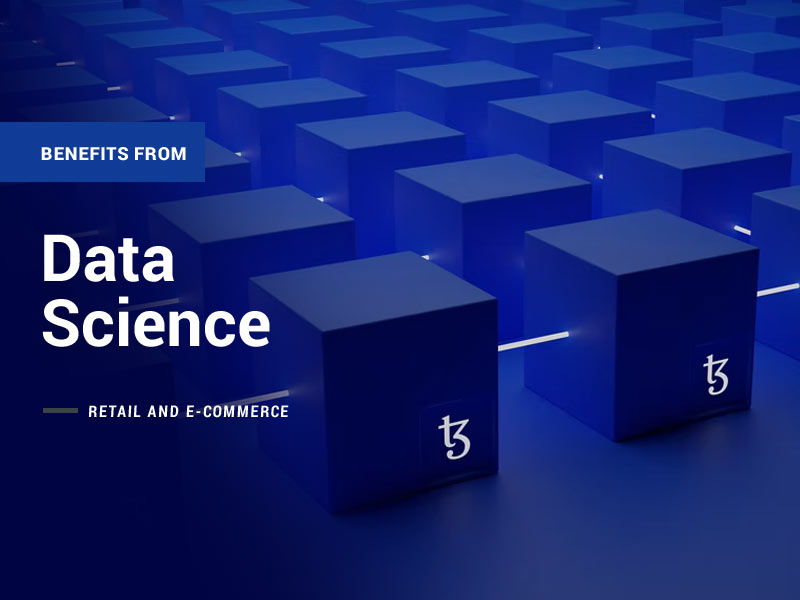Believe it or not, before there were computers, people would use shipping labels to track their packages. These little pieces of paper told the carrier the delivery address and proof that they had properly released the package to someone else who would foot the bill when it arrived. This ancient system has now become much more advanced thanks to technology. For one thing, you can use free templates online in order to create your own return labels in different shapes and sizes. That is why Fedex Return Labels were created – a way for you to create a quick return label more easily and with less back and forth time on your end. Most companies currently use this software that helps them to create labels on their own.

What is a Return Label and how do you make one?
A return label is a piece of cardboard with an “ Return Policy” paper or sticker on it, available to customers when they make a purchase. Return labels are used instead of labels to collect information about when and where your item was made, when it was shipped to the customer, any gifts included in the order, and when the return policy begins in case the item is not in satisfactory condition.
Types of Labels and for what?
Labels can come in two types: adhesive and self-adhesive. They help customers leave the store with the products they just bought, so buying recycled paper is a smart choice. Today I wanted to share with you some tips on how you can easily make your return labels. There are many, many ways that you can design your barcode on the label. This is likely to change the results of the promotion by sending it to different regions or having more or less “information” on the label. You can design and print your return label as long as it has the information needed to identify the item you’re returning as well as any logo or phrase required by your store.
Other types of Return Labels for Retail Stores
Return labels are not foolproof. It’s important to understand that a return policy variable state can result in different conditions. Returning an item most likely means that you used it, wore it, or ate with the expectation that you would be able to get a full refund rather than exchange or credit exchange. This is what most stores will require before they’ll give you store credit towards something new. Most retailers do make exceptions for special circumstances like unique product defects or by walking through customer service with the original packaging in hand.
Conclusion
One key to being a successful business is being able to effectively manage your money. That can include ways you can make a return label for a project. Sellers must stamp or certify their returns with the labels as soon as the items are received. These customers should mark the label as such and allow sellers to process their returns as appropriate.







